The plot’s a cliche: the main character moves into an old house. All goes well at first, but soon we learn the house had been the scene of a gruesome murder. The crime occurred long ago; the killers are no longer a threat. Nevertheless, the character is in trouble – the house is haunted. The past has poisoned the place.
Such set-ups never felt particularly frightening to me. I wonder if it’s because I’m from eastern Europe. If gruesome murder were all it took to create a haunted house, then, where I come from, we’d have haunted villages, haunted cities, haunted countries.
Historian Timothy Snyder titled his book about these lands between the Baltic and the Black Sea Bloodlands: Europe Between Hitler and Stalin. In it, he chronicles the way the two regimes pursued their utopian project in my native Ukraine, in the process murdering millions. The Red Terror and the Ukrainian genocide known as Holodomor, the mass killing of Polish officers and the so-called Executed Ukrainian Renaissance, involving the systematic disappearance and slaughter of hundreds of the country’s writers, the Holocaust, and other Nazi mass killings all happened here, in the territory I call home. These events made the region the deadliest place on earth during the 1930s and ’40s.
Those who weren’t killed outright were displaced in other ways. Some were deported, some fled, abandoning the sites of their painful memories along with family graves, moving instead to places charged with someone else’s haunted memories.
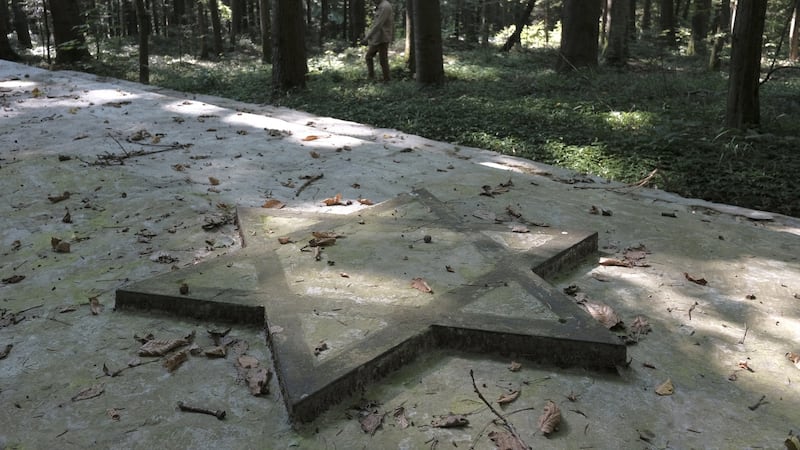
If we accept the standard horror film formula, it’s possible to see eastern Europe as one big haunted house.
Of course, it isn’t one – or, it isn’t just that. Yet such horror stories do convey an underlying truth: the past does haunt us, even if we can’t always connect to it directly through our own family history. Even when our personal family tragedies and their dead lie elsewhere, the places where we live become part of us, and we inherit their histories. Some places are even haunted enough to induce what is called a secondary trauma.
This in any case is how the city of Lviv feels to me: like a family member whose brutal history is now part of my own story. And that includes the Holocaust.
My hometown is located right in the middle of the “bloodlands” — in western Ukraine. Lviv was founded in 1256 by Danylo, King of Ruthenia. However, the German-speaking world might remember it as Lemberg in the Austro-Hungarian empire. The Poles recall the same city as Lwów. During the too-long life of the Soviet Union, Lviv grew Russified: many of its new citizens called it L’vov.
My grandparents moved there in the ’50s and ’70s, leaving behind their own family stories about the deadly ’30s and ’40s in central and eastern Ukraine, which had been the epicentre of the genocidal famine. By the time they settled in Lviv, almost none of the city’s prewar inhabitants remained. Only a handful of natives might have offered a first-person account of what the city had been like before the war. In 1939, Lviv was home to about 110,000 Jews, comprising fully a third of its population. By 1945, fewer than a thousand survivors remained.
The Soviet system never commemorated the Holocaust. One reason for this is that once you define and identify one genocide, you can recognize other genocidal crimes. The Soviet empire didn’t want us to learn our history. Decades of Soviet education and censorship ensured that even after the USSR collapsed, many in Lviv failed to realise the striking proximity of the Holocaust.
For a long time most of the city’s citizens were like the ignorant resident of a haunted house whose ghosts have not yet shown themselves. In fact, I was one of them – though in my case I hadn’t bought the house. I was born in Lviv in 1986.
As a child, I fell in love with the city. I played in the old park near my grandparents’ house, where I and my young, penniless parents lived. Unlike the claustrophobic Soviet buildings, their apartment, in an historic neighborhood, had high ceilings, spacious rooms, and old window frames with shiny golden handles.
I walked the city, not noticing the little diagonal traces next to the door posts – the spots where mezuzahs had marked Jewish homes. I did hear of a great historic synagogue which once stood in the heart of the city but all I saw were some old stones and open space.
When, after the fall of the Soviet Union we received new, revised history textbooks in Ukrainian, the word “Holocaust” entered our vocabulary. Also, we finally realised the scale of the killings perpetrated by the Soviets. Suddenly we had new information to memorise in order to pass our history exams. Yet for a long time I was unable to connect the awful past to the beautiful city full of flowering chestnut trees which bloomed outside our window. The victims had neither names nor addresses; there were no plaques on buildings, no memorials, no museums documenting the truth about the carnage.
It was a long time before I began wondering who had lived in my grandparents’ apartment before they moved in. What had happened to those people? What had been their fate?
The history of “bloodlands” suggested many possible fates for the apartment’s former residents. Not many of them are uplifting. Were they Poles who had to leave because of Soviet policy? Were they the perpetually besieged Ukrainian elite who’d been deported to the Far North? Or perhaps they’d been Jews ultimately murdered in Lviv’s ghetto? I couldn’t help asking myself if it had been someone’s death or misery which allowed me play inside these walls and stroll through the old park in the heart of the city? I still don’t know. Even if the tenants of our particular apartment had been among the fortunate few, many of their neighbours had certainly not been so lucky.
These days I keep meeting my “neighbours”, those who lived near the same old park in a different era, before the second World War. We missed each other in time, so the place we meet is in books.
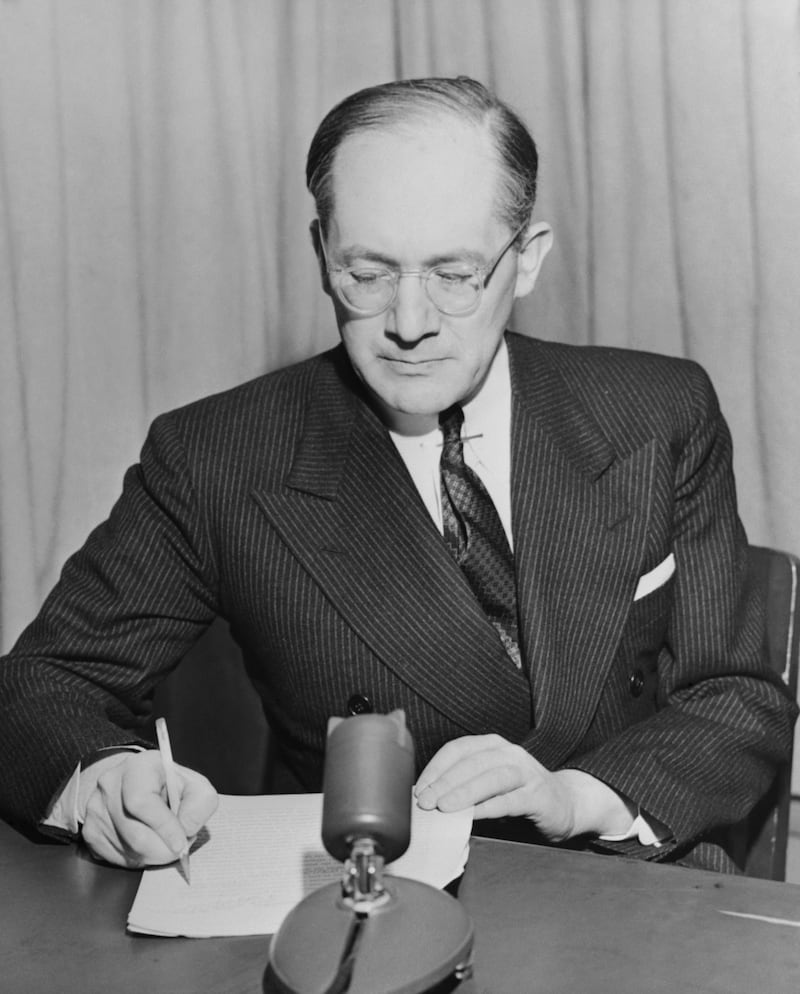
Among our nearest neighbours, inhabiting an apartment just around the corner from us, was the family of Philippe Sands, the author of East West Street: On the Origins of Genocide and Crimes against Humanity. This brilliant book looks at the life and work of Raphael Lemkin and Hersh Lauterpacht, the lawyers who played a key role at the Nuremberg trials, and in the process defined our modern concepts of human rights. Were it not for these two men, who also happened to live and study in the city of Lviv, the world would be a different place today. As would I and my family.
One of the lawyers that Philippe Sands writes about, Raphael Lemkin, coined the term “genocide” to describe the systematic destruction of a nation. My family, too, survived what we now – thanks to Lemkin’s work – must label a genocide. I’m referring of course to the Holodomor, the famine organized by Stalin in 1932-33. If it were not for Lemkin, I probably wouldn’t be able to reflect on my family’s story in the way I do now. I wouldn’t have the language to understand and identify Stalin’s crimes. And that’s how I connect the Holodomor my family endured in eastern Ukraine to the Holocaust in Lviv, where I was born. It turned out that those who had lived and lost their loved ones in Lviv helped me to better understand my own family story and mourn my losses.
It feels more than a little miraculous that I’ve discovered this connection in a book written by someone who appears to be a descendant of my former “neighbours”.
At the beginning of his book, Sands describes himself sitting on a park bench that his grandfather Leon might have sat on a century ago. As it happens, this is the same bench in the same park in which I played as a child in the last days of the Soviet Union.
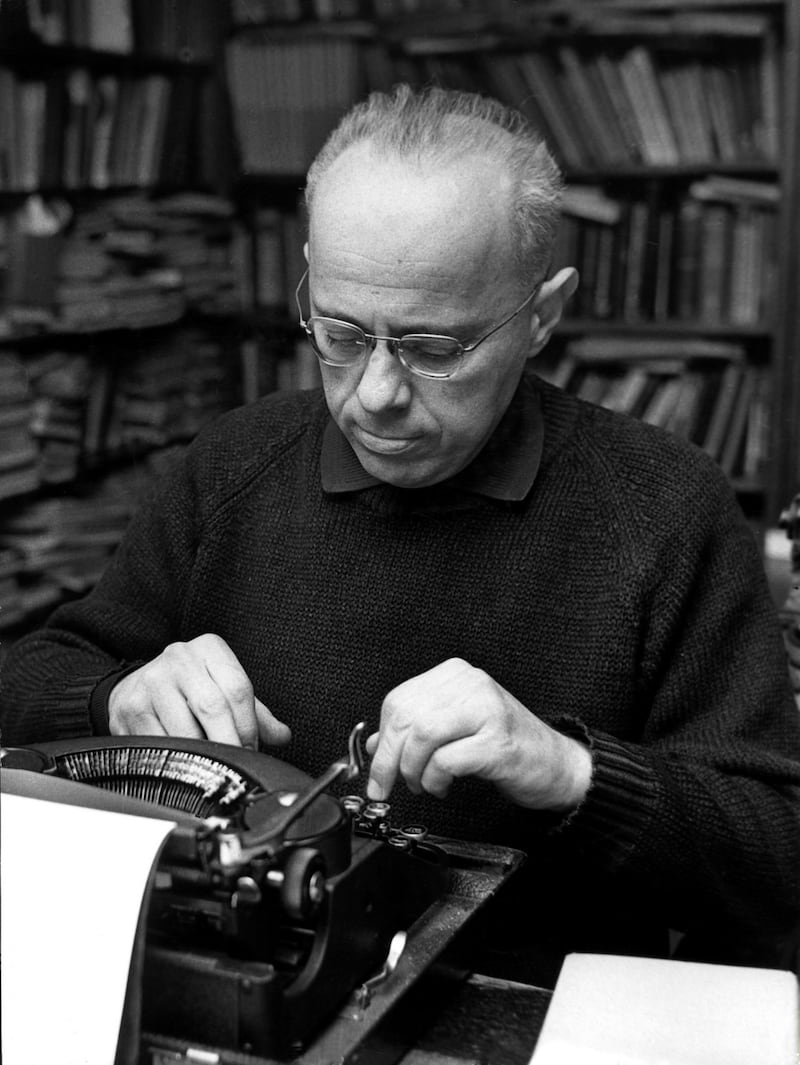
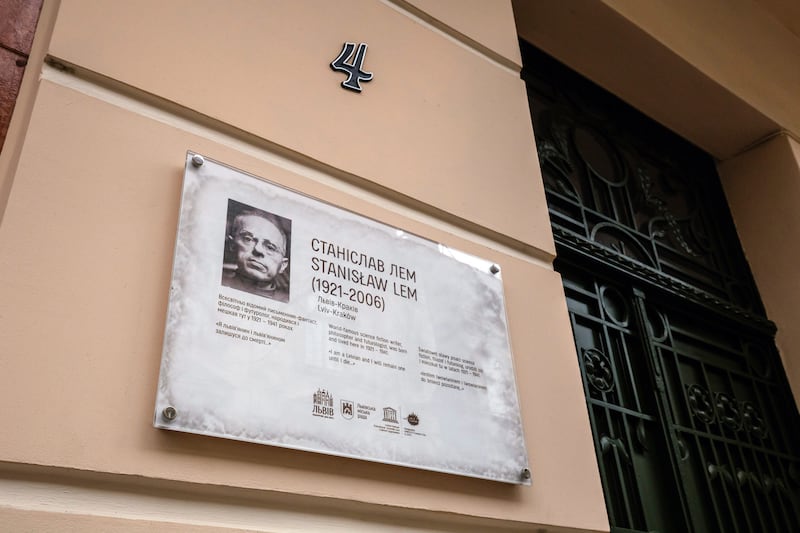
Sands and I share this park with yet another child of the 1920s – the celebrated Polish writer and philosopher Stanislaw Lem. A great thinker, he is perhaps best known as the author of the sci-fi novel Solaris, later adapted into films by Andrei Tarkovsky (1972) and Steven Soderbergh (2002). Stanislaw Lem was one of a handful of people of Jewish descent who survived the Holocaust in Lviv. He never wanted to talk or write about his experience explicitly, and never returned to the city. But this silent “neighbour” became important to me as a writer. I wanted to understand how silence about genocides overlap and transpose. When I dared to write about the survivor of the Holodomor living in the apartment of Holocaust survivors, I set my novel precisely in Stanislaw Lem’s Lviv apartment near the old park we “neighbours” all shared.
The old park also features in the essay My Lviv by Polish poet Josef Wittlin. His words about the city once struck me. “Let’s play at idylls,” he wrote in 1946, “Let’s have a game where since the days of our childhood nothing bad has ever happened in Lwów or in the world as a whole.” Wait a minute, I thought – hadn’t I been playing that game for years?
I had expected my “neighbours” to tell me the stories about the streets we ended up sharing. But, surprisingly, they also told me stories about me.
Now I can’t help seeing the traces from the mezuzahs. Every time I come to the residential neighbourhood where the ghetto once stood, I reflect on its history. A monument marking the neighbourhood’s bitter legacy was erected in 1992. In 2016 a memorial complex finally appeared in the empty block where the majestic Golden Rose synagogue once stood. The decision about how to mark the space sparked discussions. Some argued for the restoration of the synagogue. Others would have liked the survivors’ memoir quotes, transcribed on the stones of the complex, to include words about the nationalities of the Nazi collaborators.
The monument transformed the space, but it can never displace the history it marks. The stories of the dead and the monuments commemorating them aren’t meant to end a conversation, but rather to launch one. We still need to talk about the past. A lot. We can help each other mourn our dead, as Raphael Lemkin and Hersch Lauterpacht helped me and millions of others around the world, regardless of nationality.
How can I return the favour? As a citizen of Lviv, I want to accept responsibility for the city’s past – with all its stories, beautiful and ugly, with all its guilt. As a writer what I can do is to listen to the silences rising from the city’s ground, and do my best to translate them into a tongue the living understand.
No city is doomed to be haunted forever. We break the spell not when we banish the ghosts, but when we invite them to breakfast. A true home is a place where you have neighbours you know by name. This includes those who were killed and those who helped kill them, those who survived and those who risked their families’ lives to rescue the hunted. Today I have neighbours, both living and dead, from whom I learn, about whom I write, and to whom I address my writing.
My “neighbour” Stanislaw Lem, the Holocaust survivor, avoided writing directly about his memories of the genocide. As a sci-fi author, he wrote about humanity as a whole, our guilt before each other, and the impossibility of getting a second chance. Now I’m also not sure if every person deserves a second chance; the crimes against humanity and genocides are precisely the unforgivable crimes. But I believe there is a second chance for every city. Every city should get a chance to be a home again – a place for idyllic childhoods of new generation, a place where we know and honour our good neighbours across time.
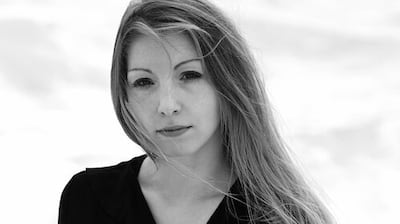
Victoria Amelina is a Ukrainian novelist, essayist and activist. She was born in 1986 in Lviv and has lived in Canada and the US. A winner of the Joseph Conrad literature prize 2021 and finalist of the European Union Prize for Literature 2019, she is a founder of the New York Literary Festival that takes place in a small town called New York near the frontline in the war-torn east of Ukraine. Before becoming a writer, Victoria Amelina worked in high tech as an engineering manager. In 2014 she became a laureate of the Ukrainian National Literary Award Koronatsiya Slova, and released her debut novel. Her works are translated into several languages, including English, Polish, German, Czech and Dutch. She is best known for her two novels, Fall Syndrome, or Homo Compatiens and Dom’s Dream Kingdom.
This essay was first published by Arrowsmith Press












